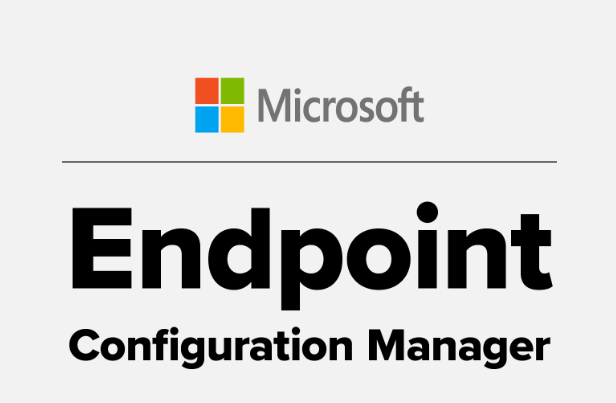
This instructor-led course is the first of a two-part Community Courseware replacement for 20703-1. Written by a former SCCM MOC author with over 20 years of experience teaching SMS/SCCM/MEM, this course is intended for IT professionals who are interested in expanding their knowledge about and technical skills in the management of Windows computers and other devices by using Microsoft Endpoint Configuration Manager Current Branch version 2203. In this course, students will learn Configuration Manager fundamentals and day-to-day asset-management tasks, such as gathering and reporting hardware inventory and software metering information. Students will also learn about the site system roles and other features required to deploy the Configuration Manager client software and how to prepare for implementing Configuration Manager's change-management features.
Objetivos
- Describe the features of Configuration Manager, explain where it fits within the Microsoft Endpoint Manager suite framework, and identify the changes since System Center Configuration Manager version 1810.
- Navigate the Configuration Manager console and explain where each of the major features of Configuration Manager can be configured.
- Install and use the Configuration Manager console and CMTrace.
- Prepare the Configuration Manager infrastructure for client deployment, including the configuration of boundaries and boundary groups, resource discovery, resource collections, and the relevant site system roles.
- Explain the various deployment methods for the Configuration Manager client, select a client-deployment method appropriate for the organization's environment, and implement the selected method.
- Configure Configuration Manager client settings.
- Monitor Configuration Manager client health.
- Implement asset-management features of Configuration Manager, including hardware and software inventory, Asset Intelligence, and software metering.
- Create and use data and status message queries and perform real-time device queries by using CMPivot.
- Implement and use reporting features in Configuration Manager.
